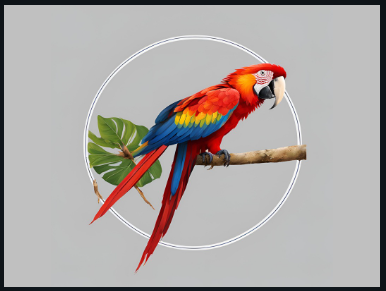The scarlet macaw is currently known for its striking colors, streamlined body, and strong beak, which allow it to glide swiftly through the forest and crack open difficult nuts. Its maneuverable talons help it grab, inspect, and eat various objects, while its bright colors offer camouflage among the leaves and fruits. These adaptations enable the macaw to thrive in its tropical environment. However, I believe significant evolutionary changes are on the horizon. One potential adaptation could be the development of a tapetum lucidum, enhancing its night vision for better navigation and foraging in low light. This shift to a nocturnal lifestyle could improve its chances of survival as habitats change. Additionally, the macaw might evolve to secrete a poison or acid from its wings as a defense against predators. Overall, these future adaptations will help the scarlet macaw cope with environmental challenges and continue to thrive in its ecosystem.
Contact us
Thank you for your interest in contacting Future Engineers. We look forward to connecting with you!
General Inquiries
support@futureengineers.orgSponsorship Inquiries
sponsor@futureengineers.org

